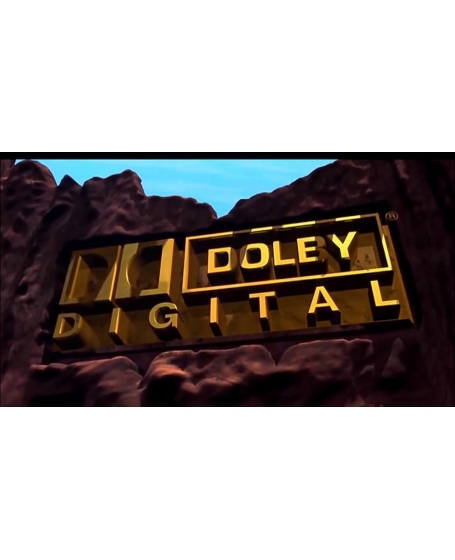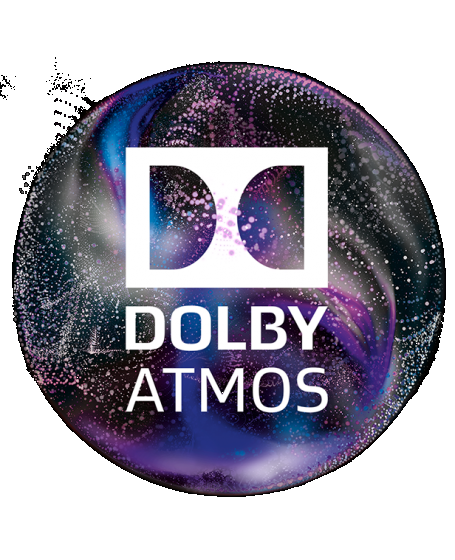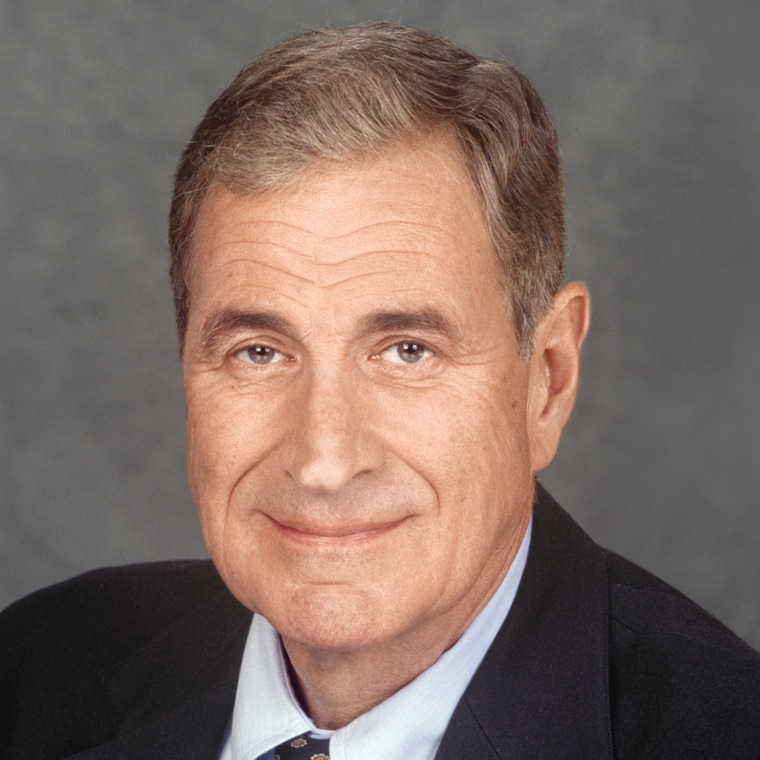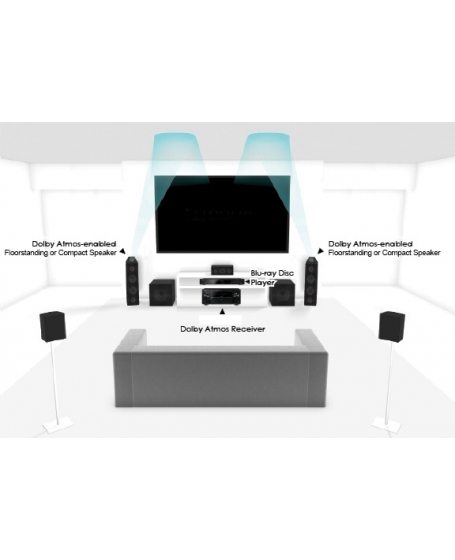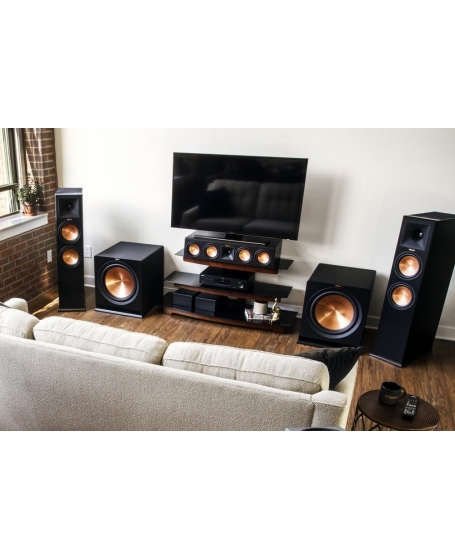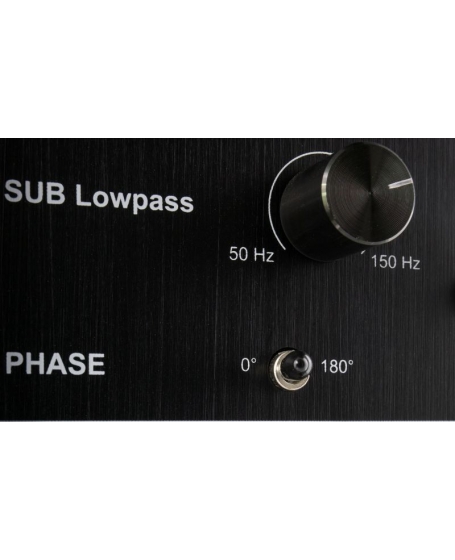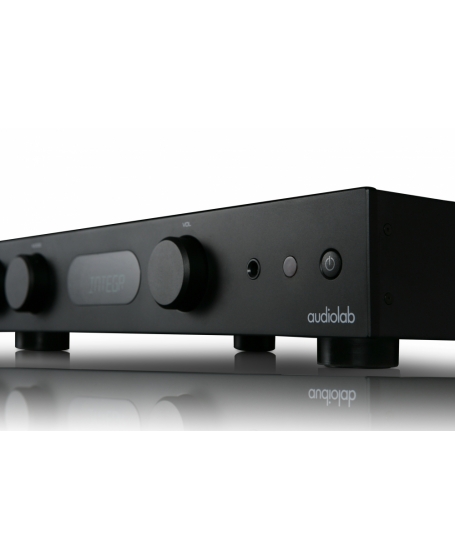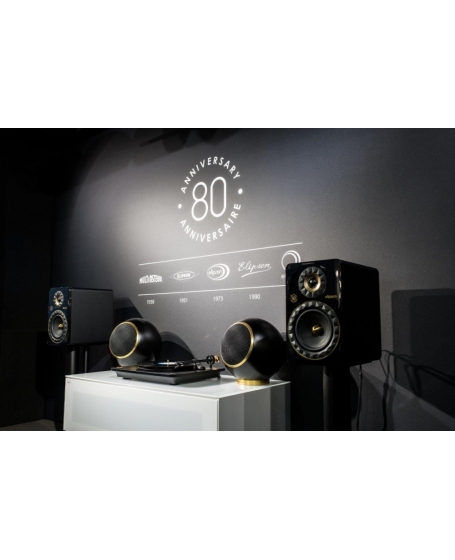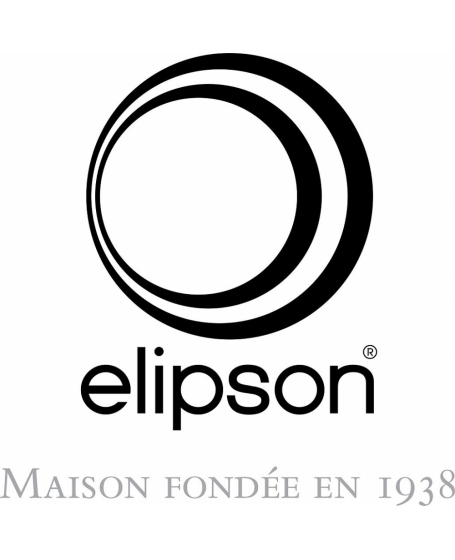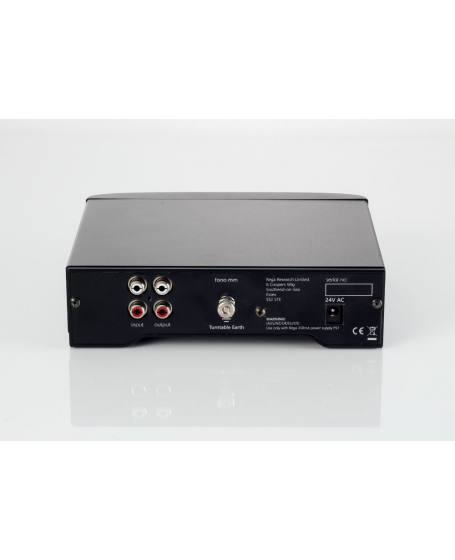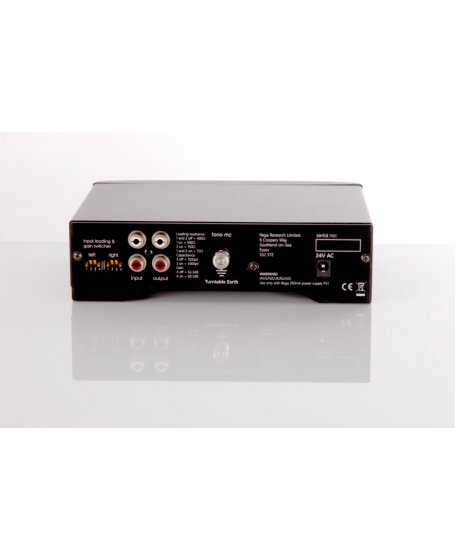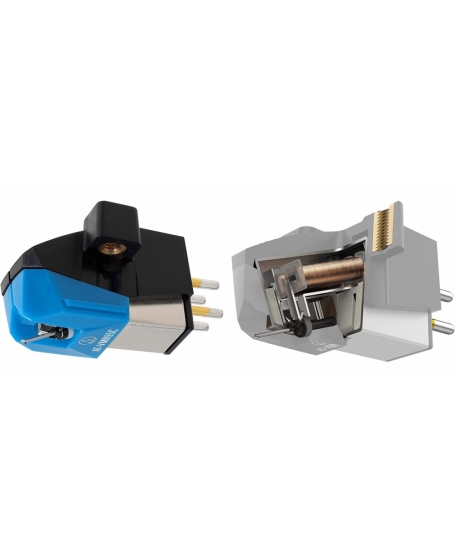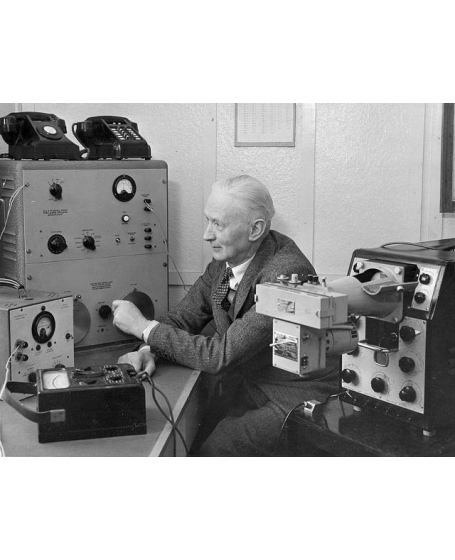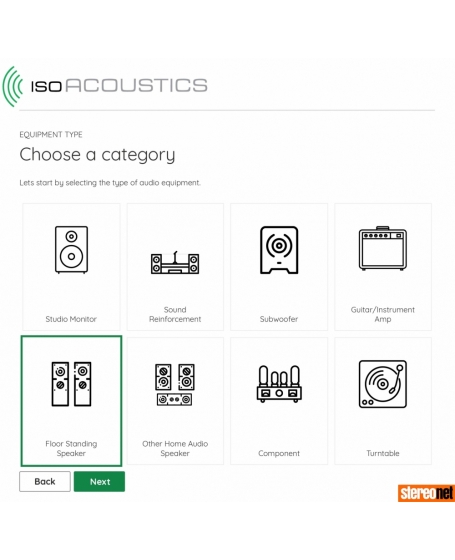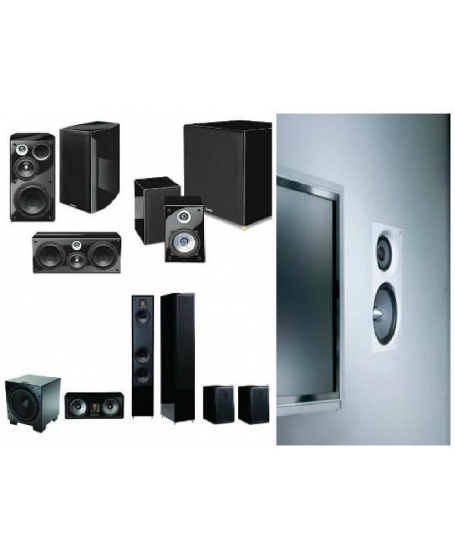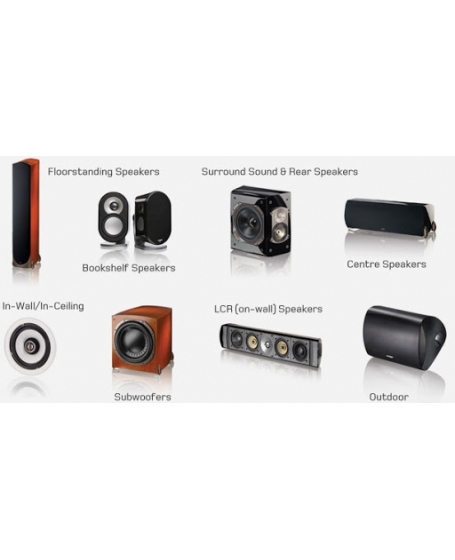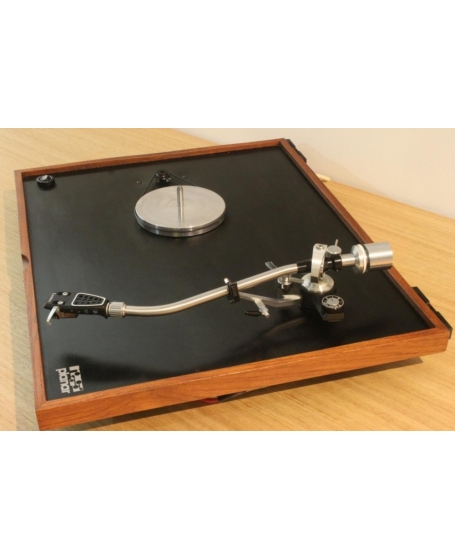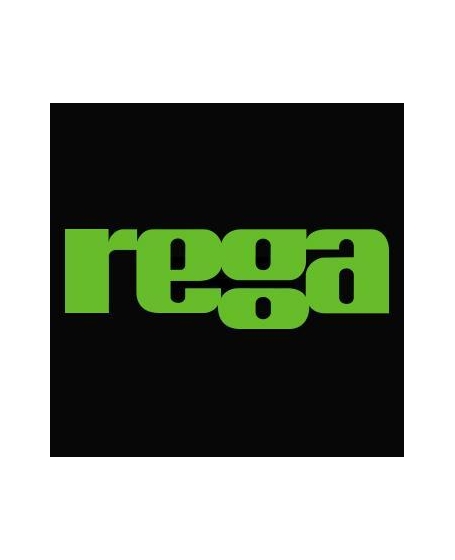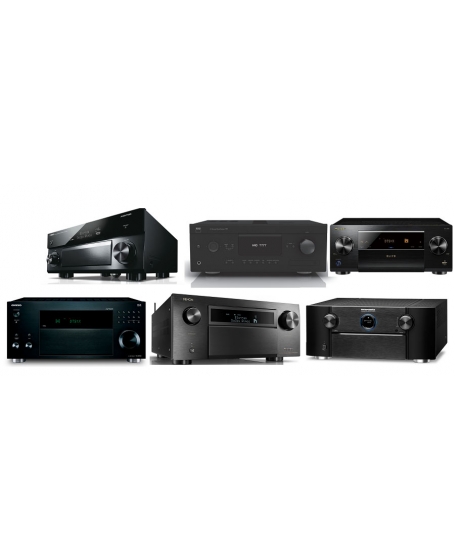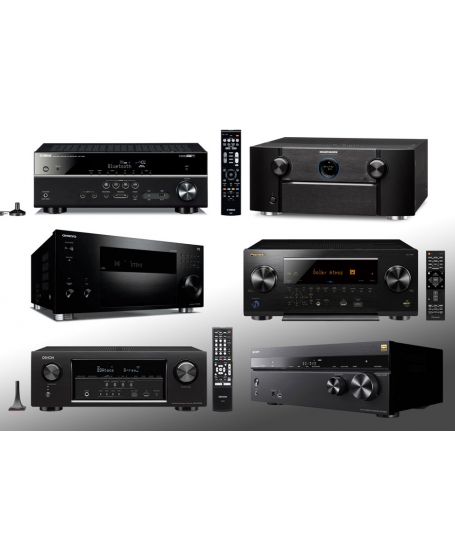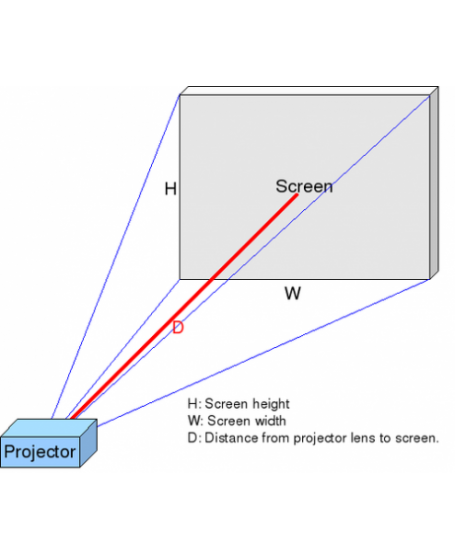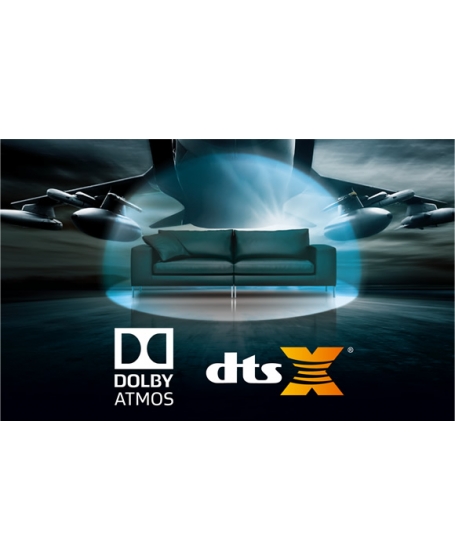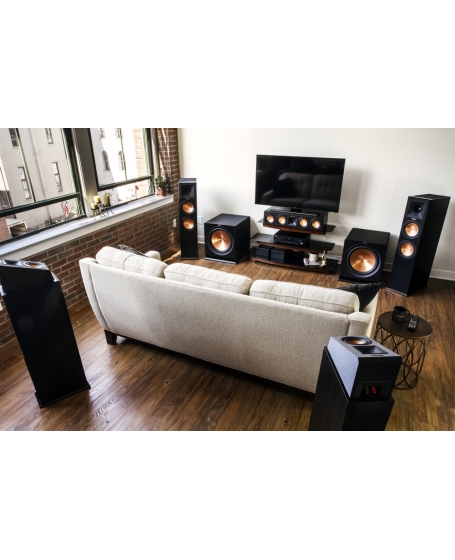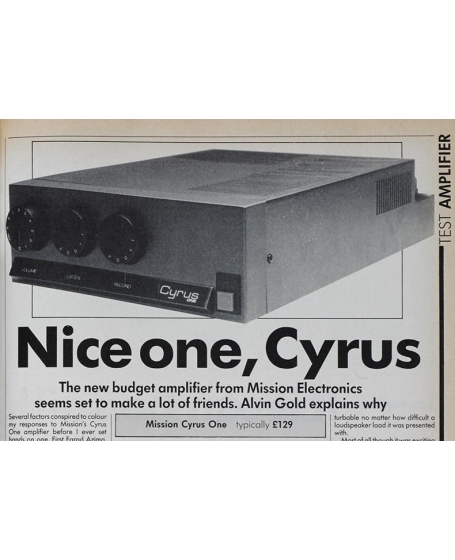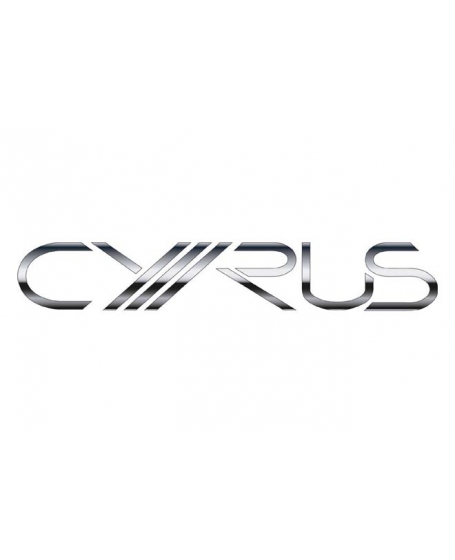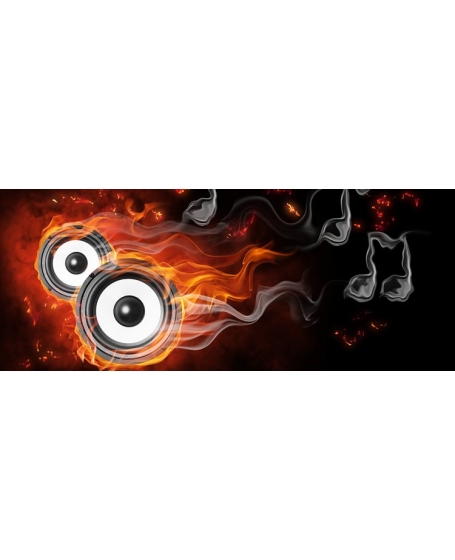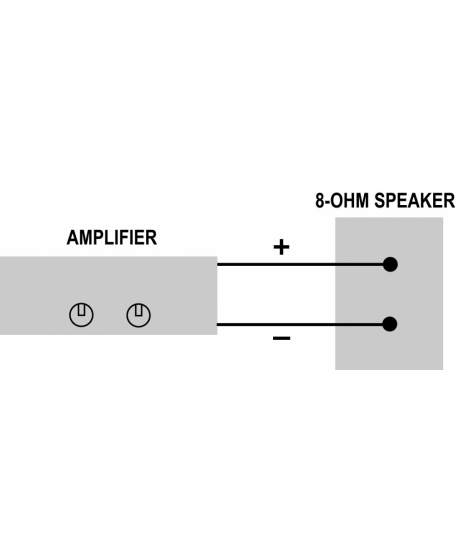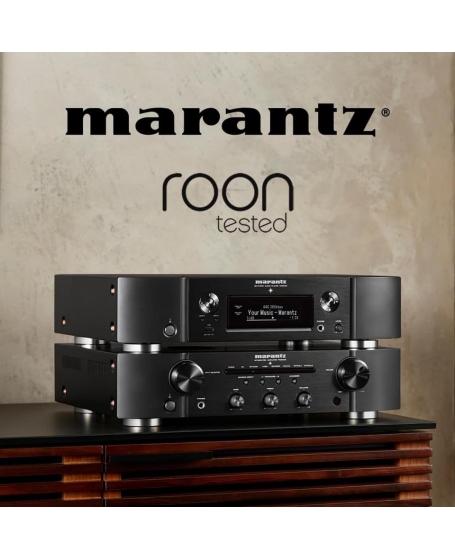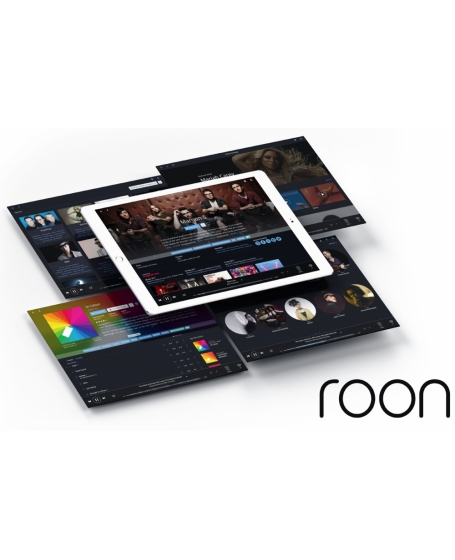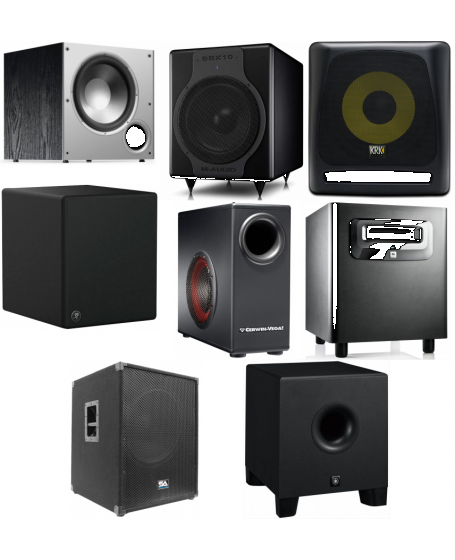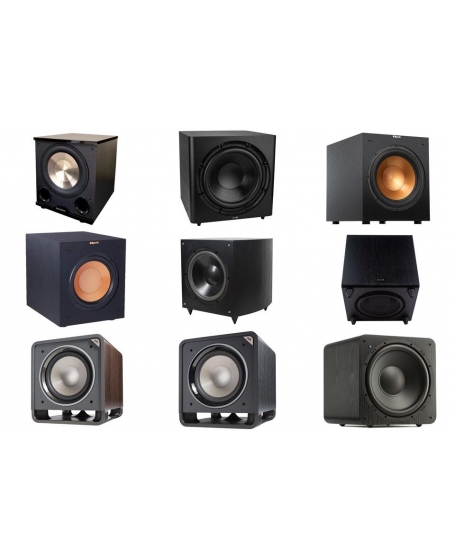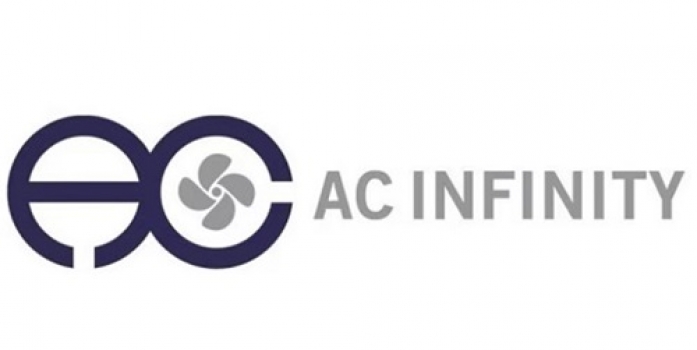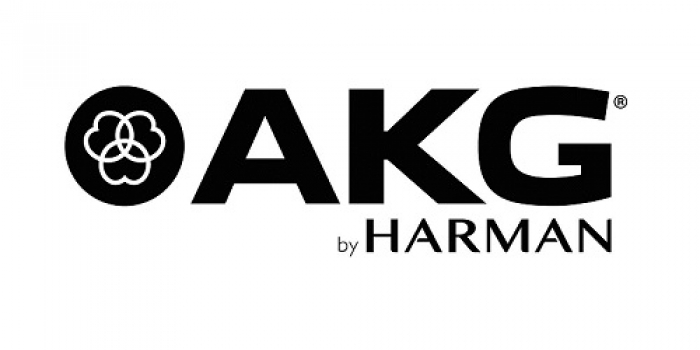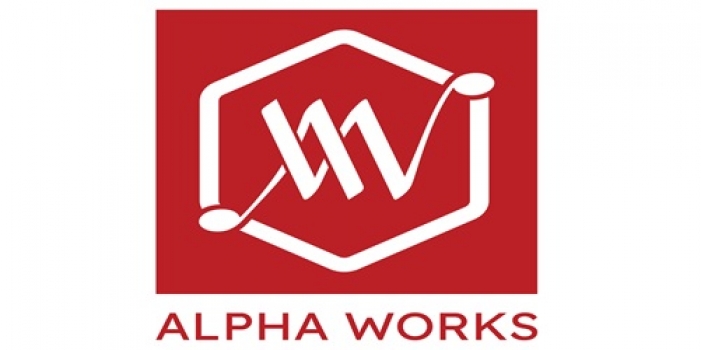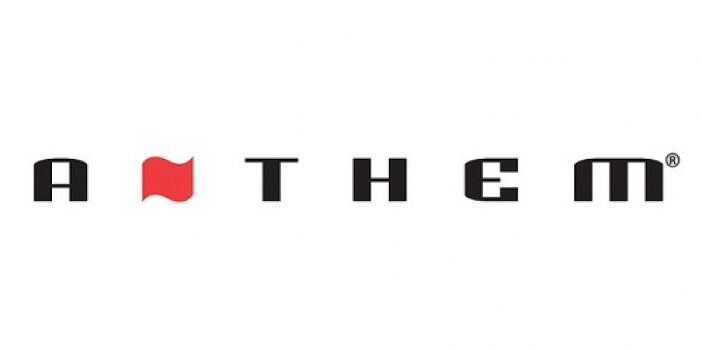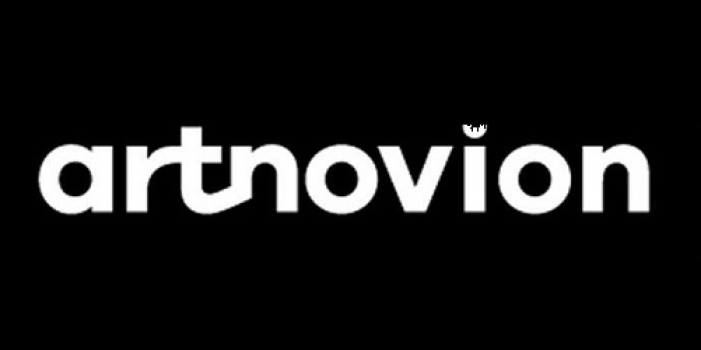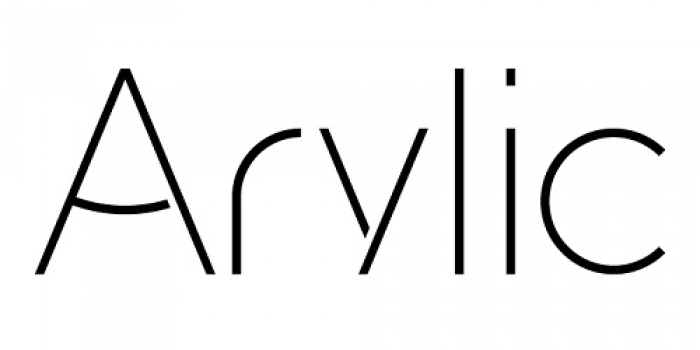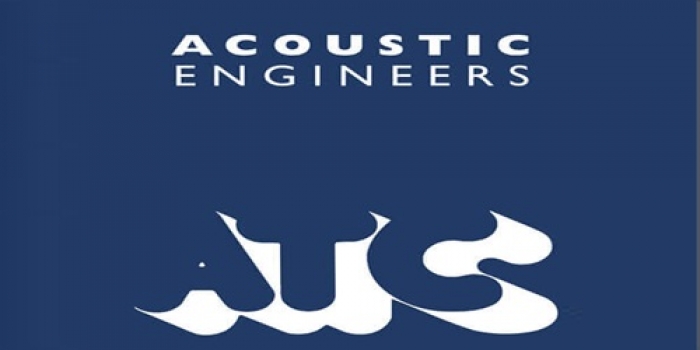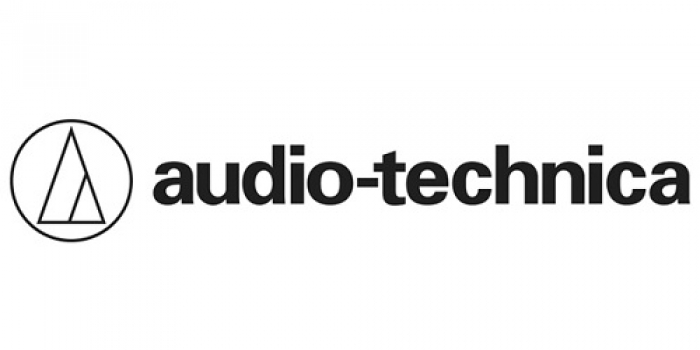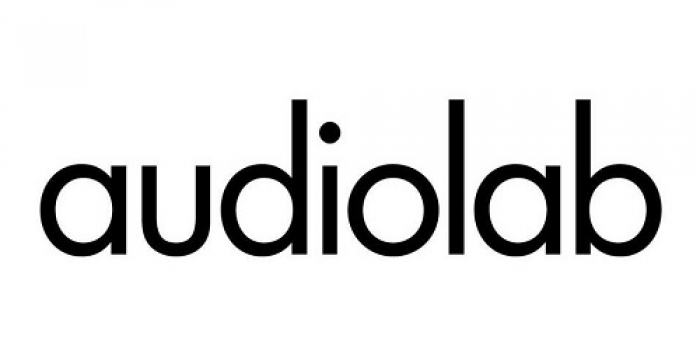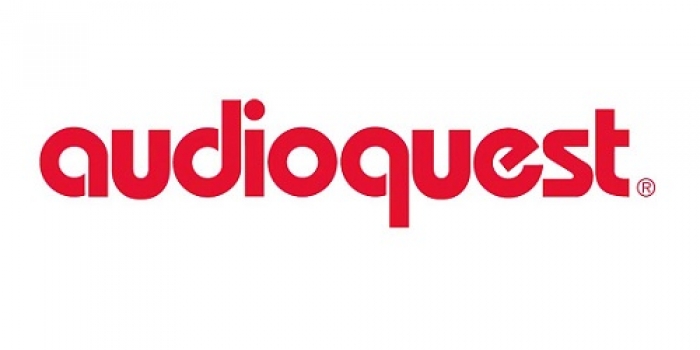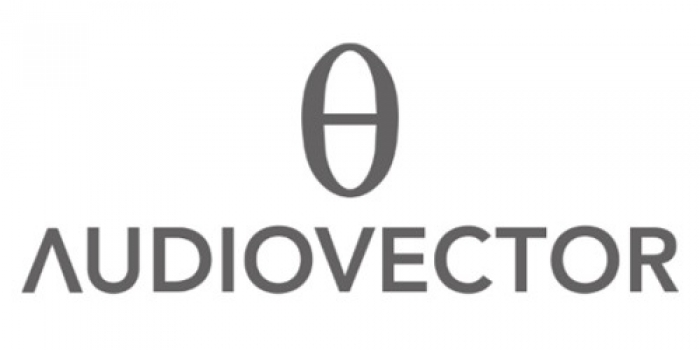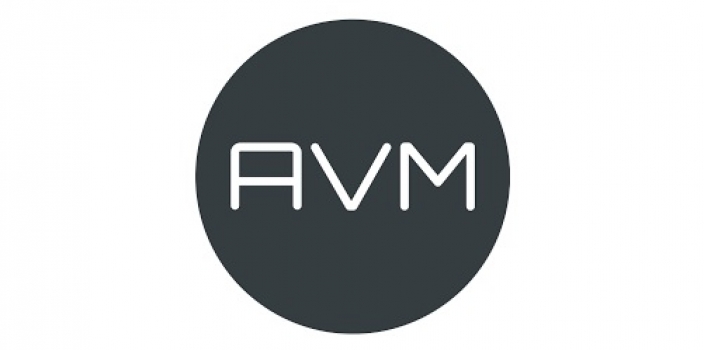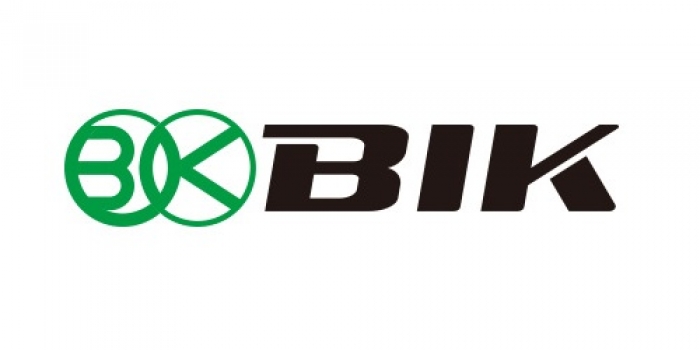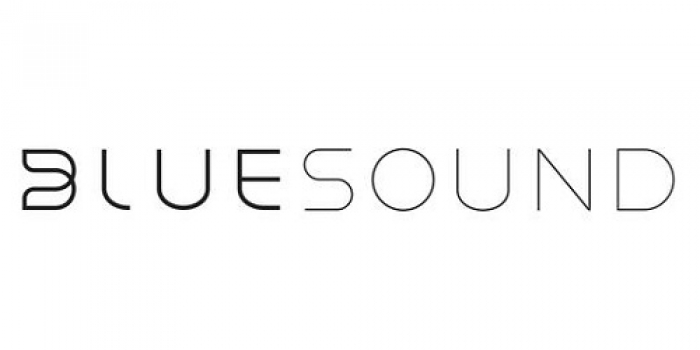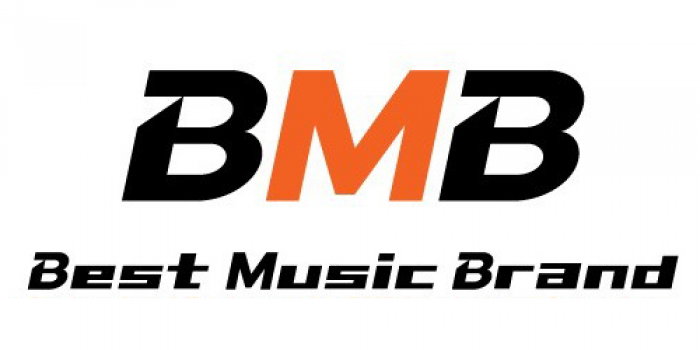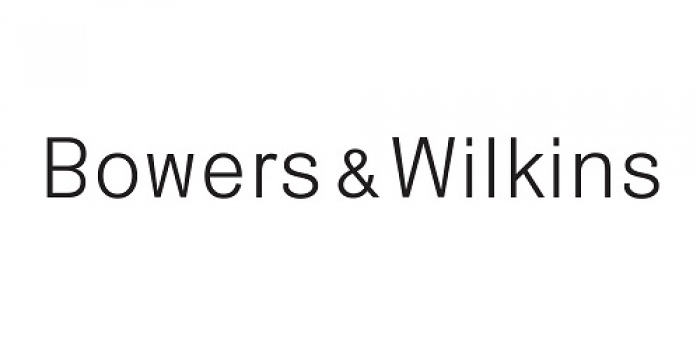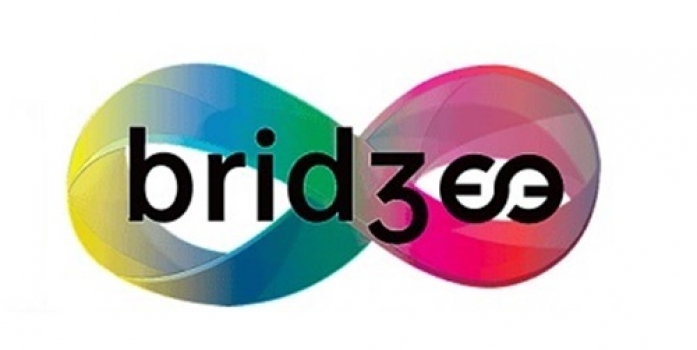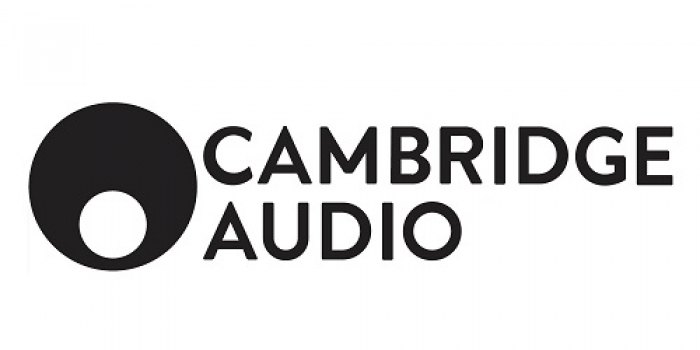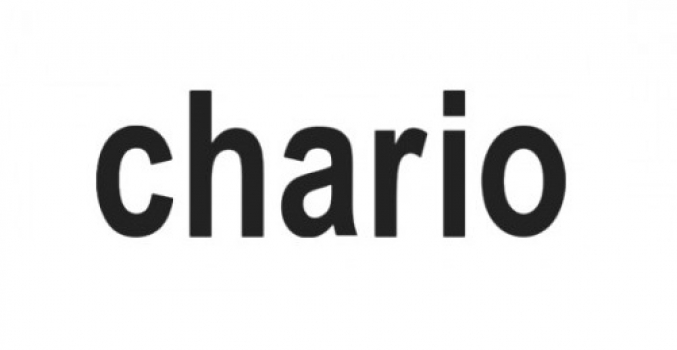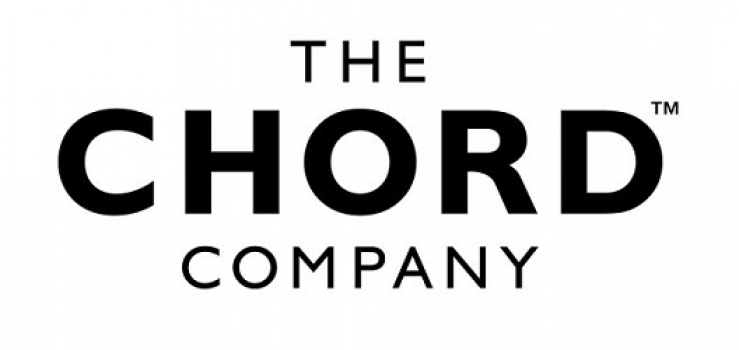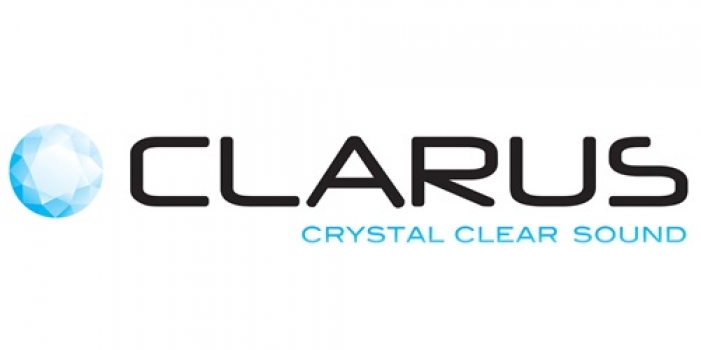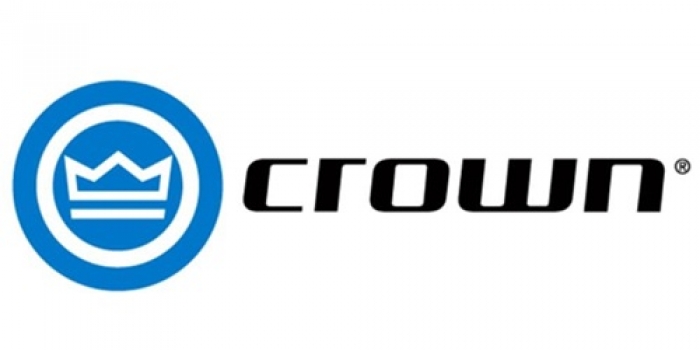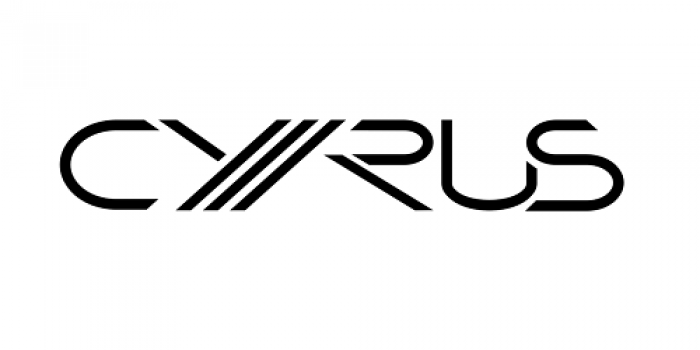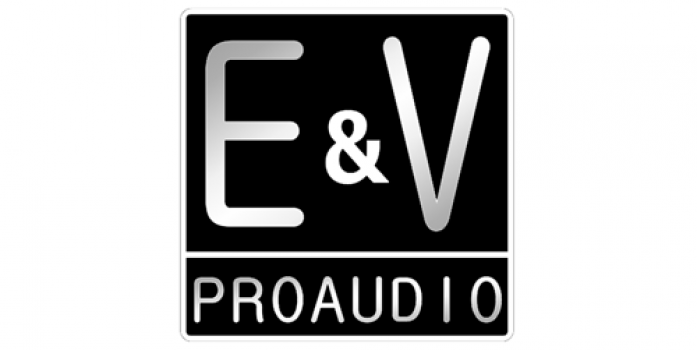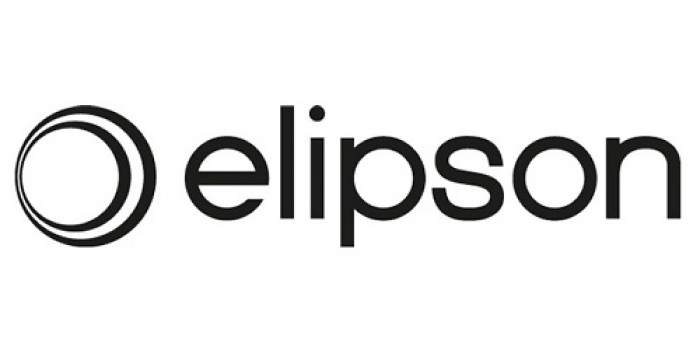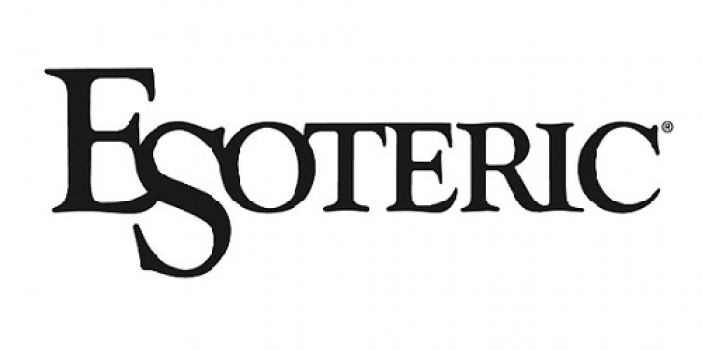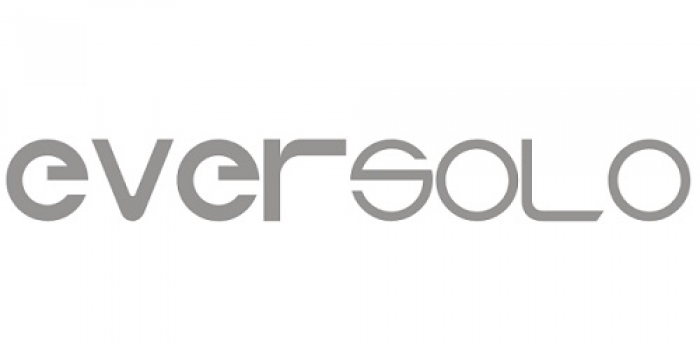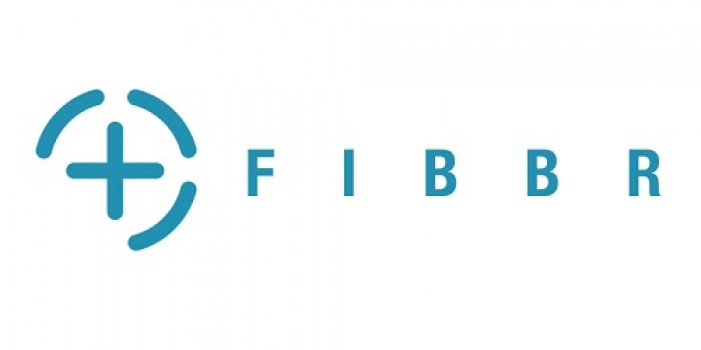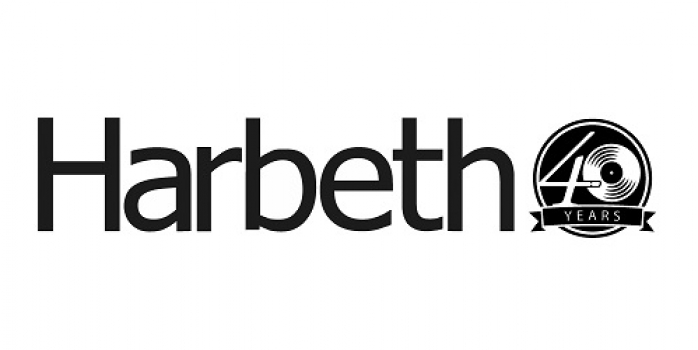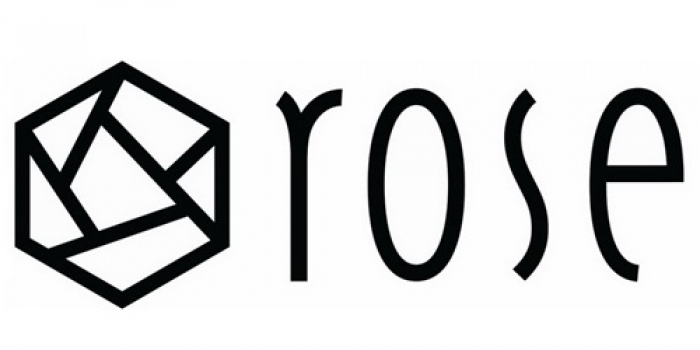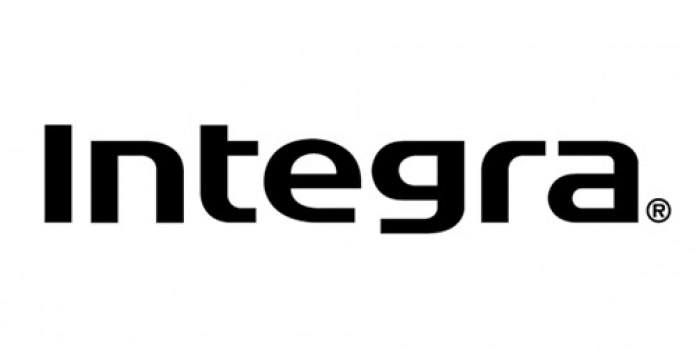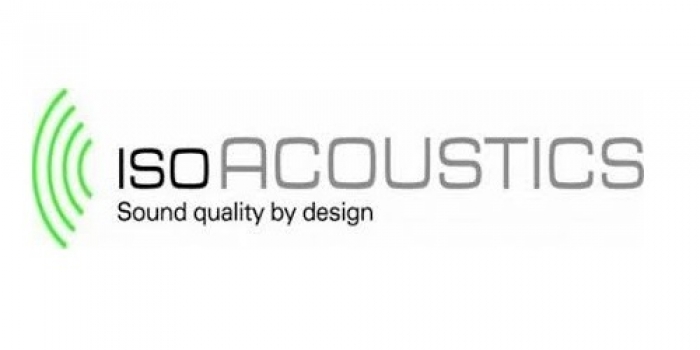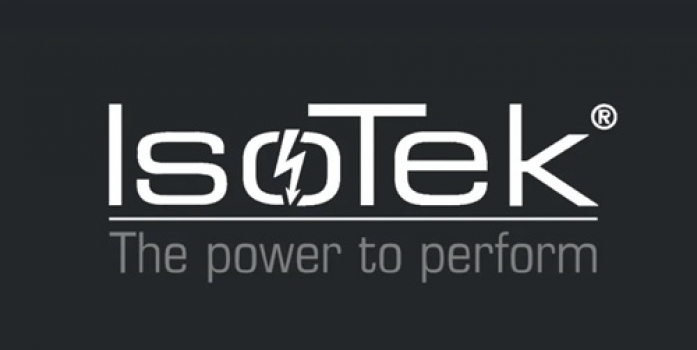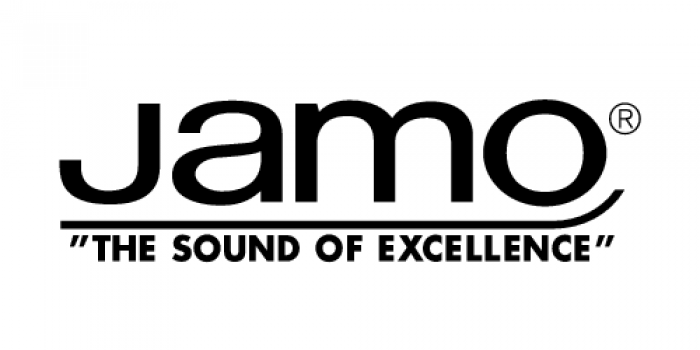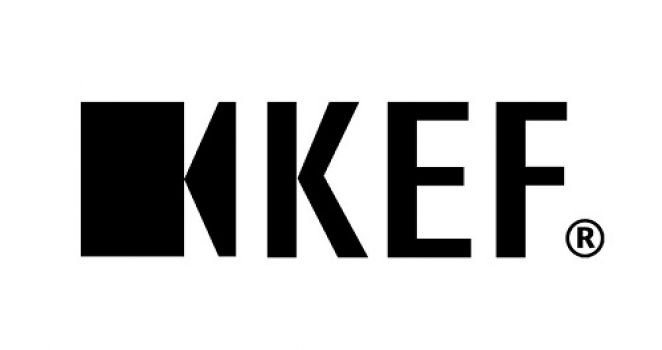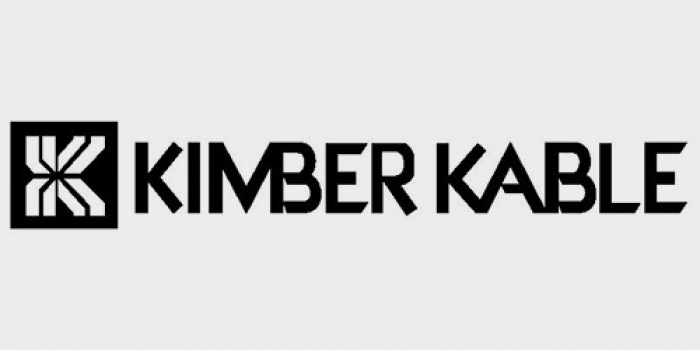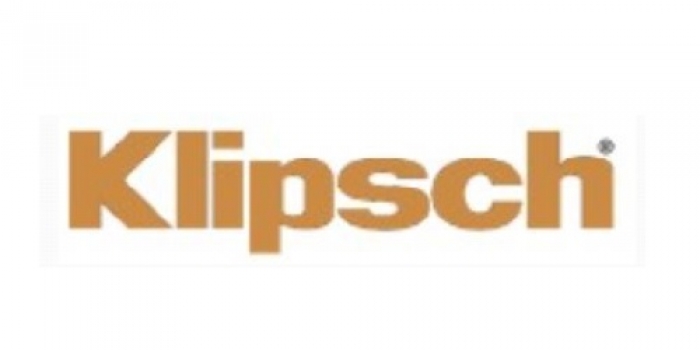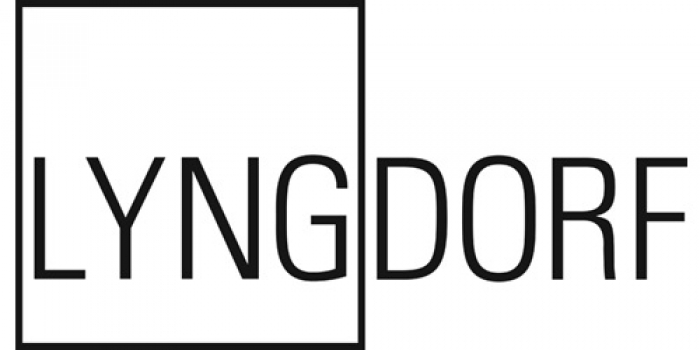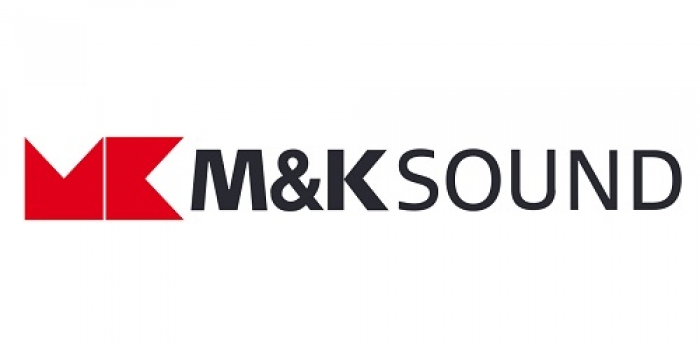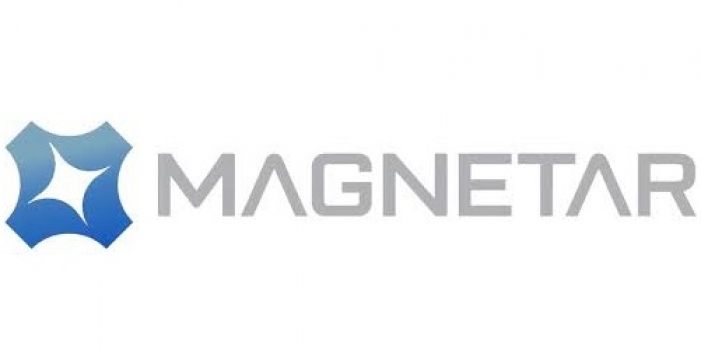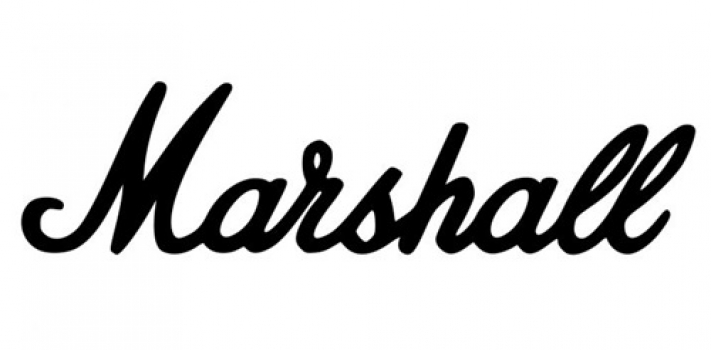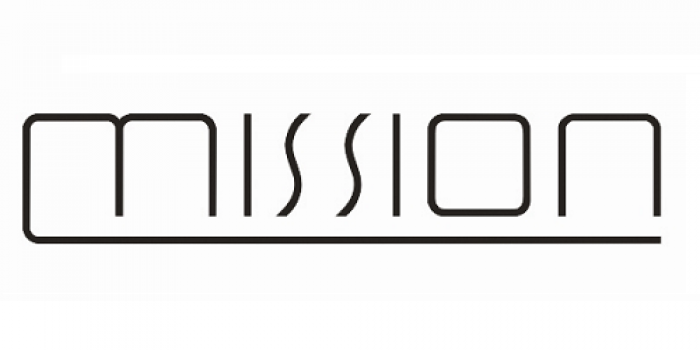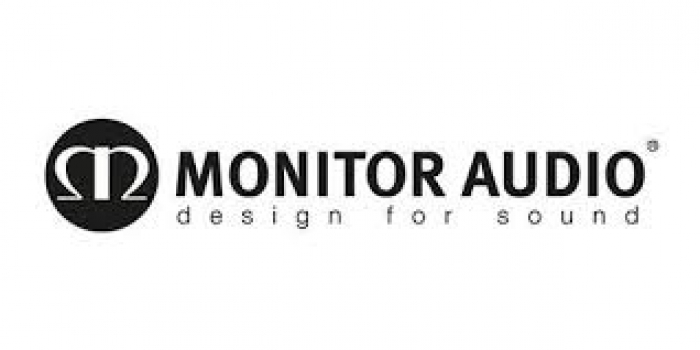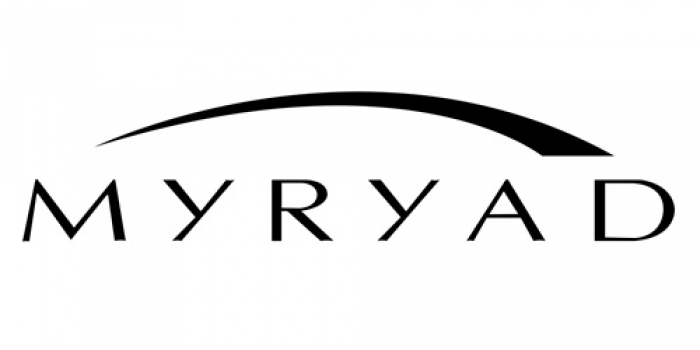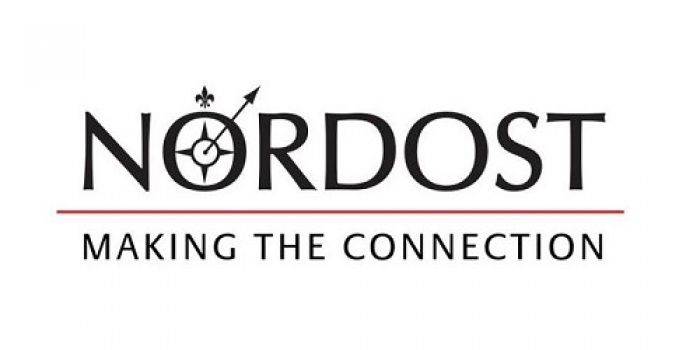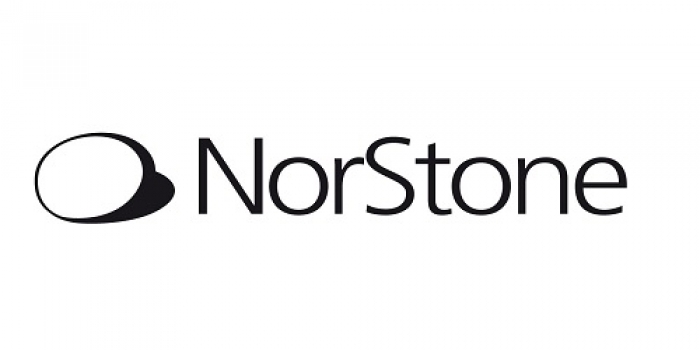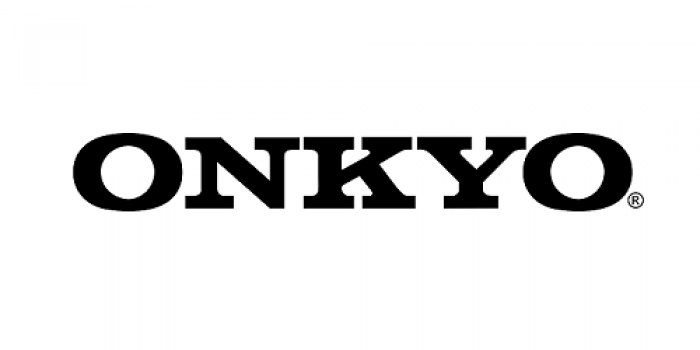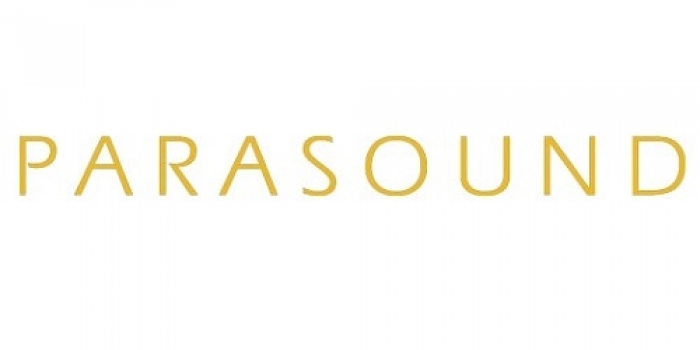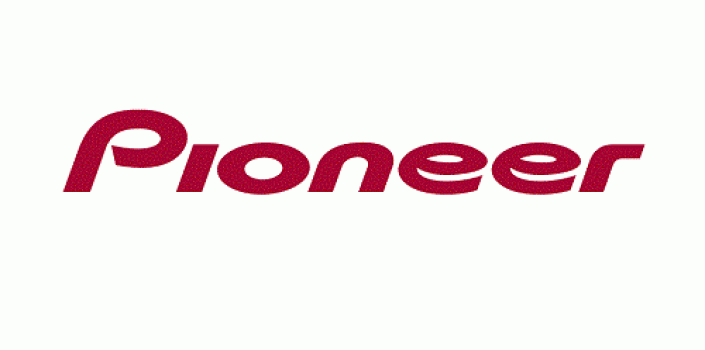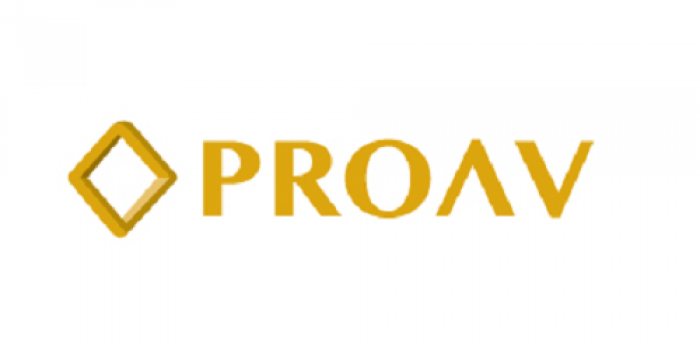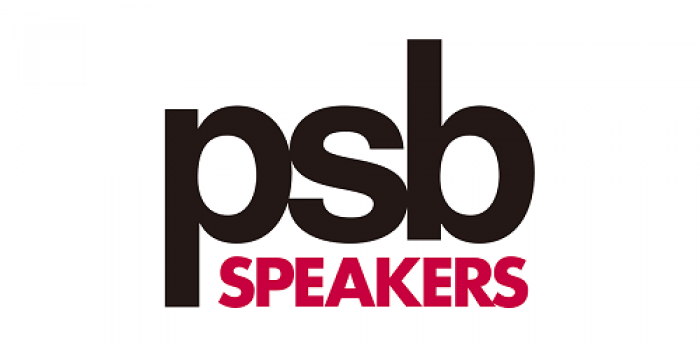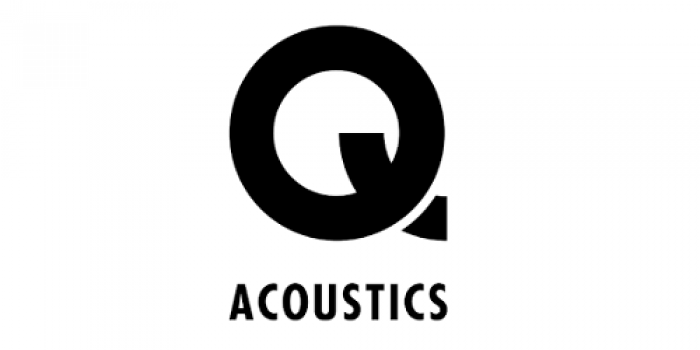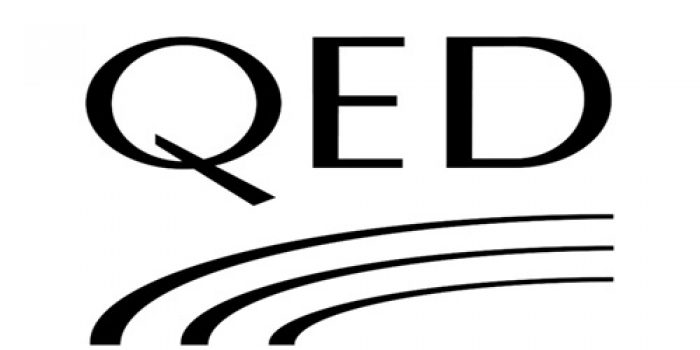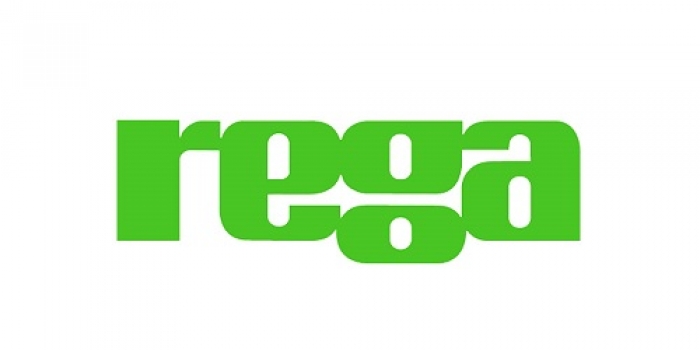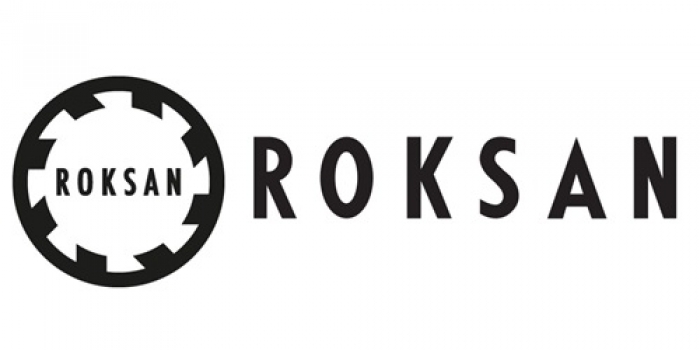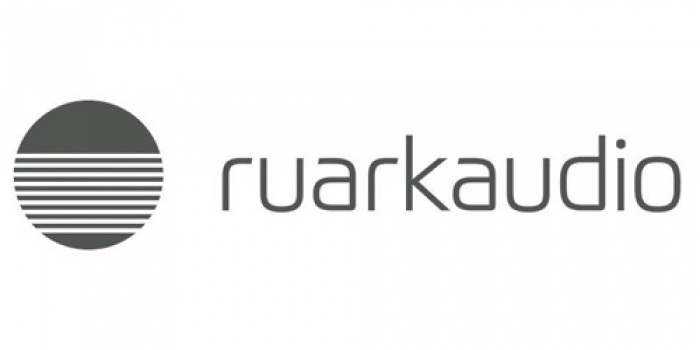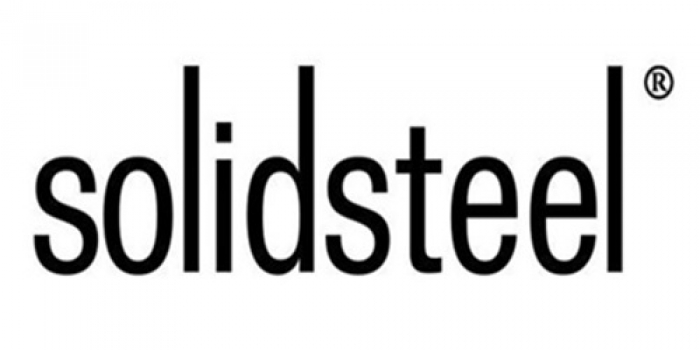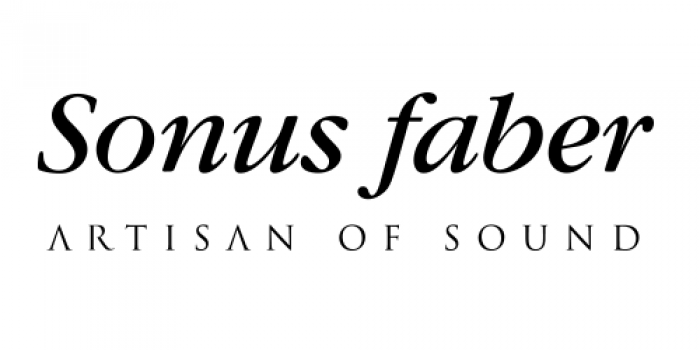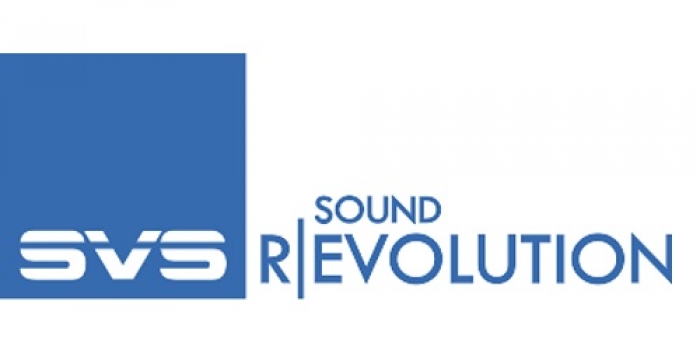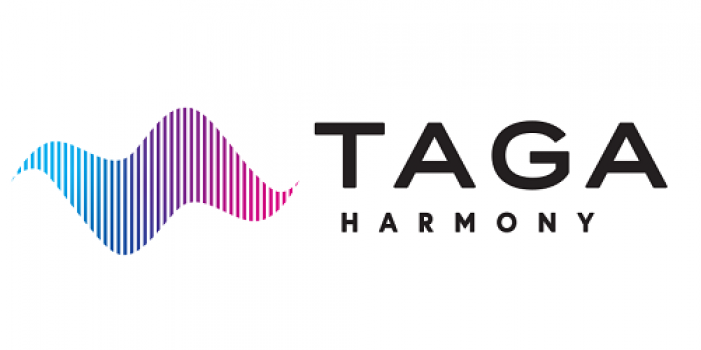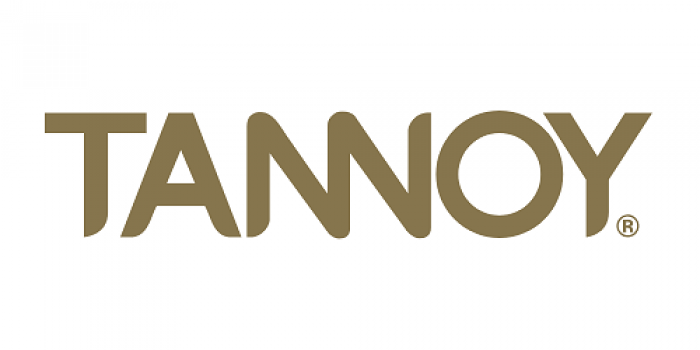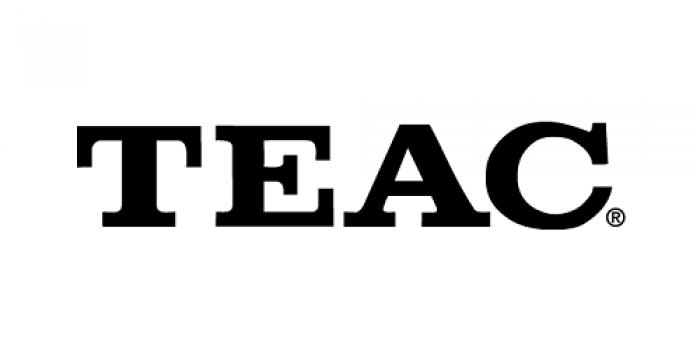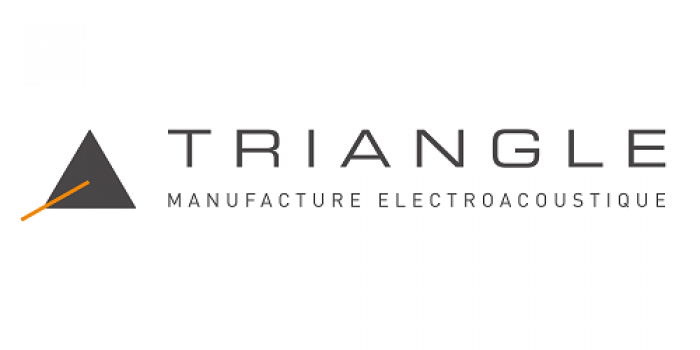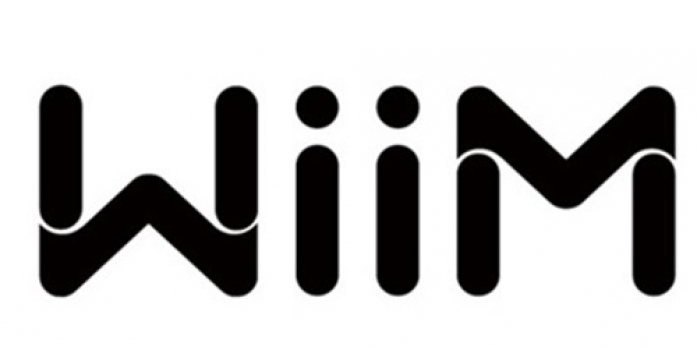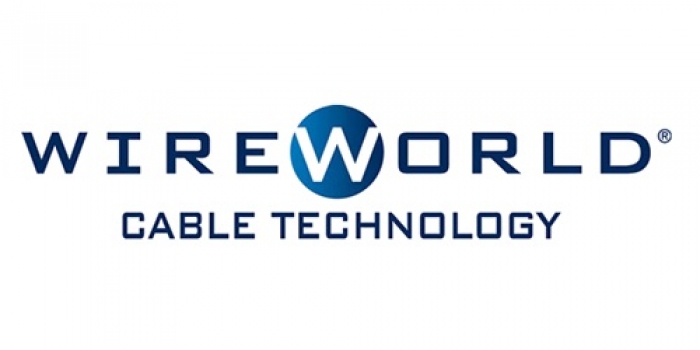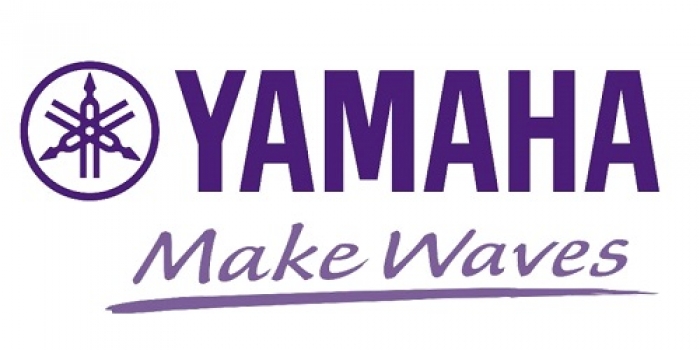-
50 YEARS OF INNOVATION
Dolby History
-
For 50 years, Dolby Laboratories has been dedicated to advancing the science of sight and sound. Learn about our history and how we've transformed the entertainment experience.
-
-
Since the 1960s, Dolby Laboratories has been a leader in innovation. Beginning with Dolby® noise reduction, a form of audio compression and expansion that reduces background hiss in tape recording, Dolby Laboratories has developed many groundbreaking technologies, advancing the science of audio and video reproduction.
Early on, Dolby decided that the company would manufacture professional products only and would license technologies that were appropriate for consumer applications. Since then, many Dolby innovations have set the bar for entertainment technology in both the professional and consumer markets.
From the cinema to your living room, Dolby has transformed the entertainment experience. Today, Dolby technologies can be found in cinemas, professional recording studios, video games, laser discs, DVDs, mobile media, digital broadcast TV, digital cable, and satellite systems.
The 50-year story of Dolby Laboratories is defined by advancement in entertainment technology. We see the tremendous opportunities ahead, and the best is yet to come.
-
-
Advancing Sight and Sound
Dolby is positioned to transform the future audio, voice, and imaging experiences for the world.
Dolby Atmos® transports you into your entertainment by moving sound around you in three-dimensional space.
-
-
50 Years of Innovation
1965: Dolby founded in London.
1966: Dolby creates first product to reduce noise in music recordings.
1971: A Clockwork Orange is the first film to use Dolby noise reduction.
1976: Dolby moves headquarters to San Francisco.
1977: Star Wars opens with Dolby Stereo®.
1982: Dolby creates surround sound for the home.
1989: Ray Dolby and Ioan Allen awarded Oscars® for contributions to cinema sound.
1992: Batman Returns is the first movie to be released in Dolby Digital.
1996: Dolby receives Scientific and Engineering Award from AMPAS for design and development of Dolby Digital sound system.
1998: First live HDTV broadcast with 5.1-channel Dolby Digital audio.
1999: Star Wars: Episode I—The Phantom Menace debuts in Dolby Surround EX.
2004: Primetime Emmy® Award presented by NATAS to Dolby for outstanding achievement in engineering development.
2005: Dolby completes initial public offering.
2006: New Korean office opens in Asia, joining offices in Tokyo, Shanghai, Beijing, and Hong Kong.
2010: Dolby Professional Reference Monitor PRM-4200 is awarded TV Technology Mario Award.
2012: Dolby acquires rights to Dolby Theatre®.
2012: Dolby reinvents cinema sound with Dolby Atmos®.
2013: Dolby enters business communications with Dolby Voice®.
2014: Dolby launches Dolby Vision™.
2014: Dolby launches Dolby Cinema™.
2015: Ray Dolby receives a star on the Hollywood Walk of Fame.
2015: Dolby wins two Daytime Emmys for its work with Silent.
-
The History of Dolby
-
50 YEARS OF INNOVATION
Dolby History
-
For 50 years, Dolby Laboratories has been dedicated to advancing the science of sight and sound. Learn about our history and how we've transformed the entertainment experience.
-
-
Since the 1960s, Dolby Laboratories has been a leader in innovation. Beginning with Dolby® noise reduction, a form of audio compression and expansion that reduces background hiss in tape recording, Dolby Laboratories has developed many groundbreaking technologies, advancing the science of audio and video reproduction.
Early on, Dolby decided that the company would manufacture professional products only and would license technologies that were appropriate for consumer applications. Since then, many Dolby innovations have set the bar for entertainment technology in both the professional and consumer markets.
From the cinema to your living room, Dolby has transformed the entertainment experience. Today, Dolby technologies can be found in cinemas, professional recording studios, video games, laser discs, DVDs, mobile media, digital broadcast TV, digital cable, and satellite systems.
The 50-year story of Dolby Laboratories is defined by advancement in entertainment technology. We see the tremendous opportunities ahead, and the best is yet to come.
-
-
Advancing Sight and Sound
Dolby is positioned to transform the future audio, voice, and imaging experiences for the world.
Dolby Atmos® transports you into your entertainment by moving sound around you in three-dimensional space.
-
-
50 Years of Innovation
1965: Dolby founded in London.
1966: Dolby creates first product to reduce noise in music recordings.
1971: A Clockwork Orange is the first film to use Dolby noise reduction.
1976: Dolby moves headquarters to San Francisco.
1977: Star Wars opens with Dolby Stereo®.
1982: Dolby creates surround sound for the home.
1989: Ray Dolby and Ioan Allen awarded Oscars® for contributions to cinema sound.
1992: Batman Returns is the first movie to be released in Dolby Digital.
1996: Dolby receives Scientific and Engineering Award from AMPAS for design and development of Dolby Digital sound system.
1998: First live HDTV broadcast with 5.1-channel Dolby Digital audio.
1999: Star Wars: Episode I—The Phantom Menace debuts in Dolby Surround EX.
2004: Primetime Emmy® Award presented by NATAS to Dolby for outstanding achievement in engineering development.
2005: Dolby completes initial public offering.
2006: New Korean office opens in Asia, joining offices in Tokyo, Shanghai, Beijing, and Hong Kong.
2010: Dolby Professional Reference Monitor PRM-4200 is awarded TV Technology Mario Award.
2012: Dolby acquires rights to Dolby Theatre®.
2012: Dolby reinvents cinema sound with Dolby Atmos®.
2013: Dolby enters business communications with Dolby Voice®.
2014: Dolby launches Dolby Vision™.
2014: Dolby launches Dolby Cinema™.
2015: Ray Dolby receives a star on the Hollywood Walk of Fame.
2015: Dolby wins two Daytime Emmys for its work with Silent.
-

